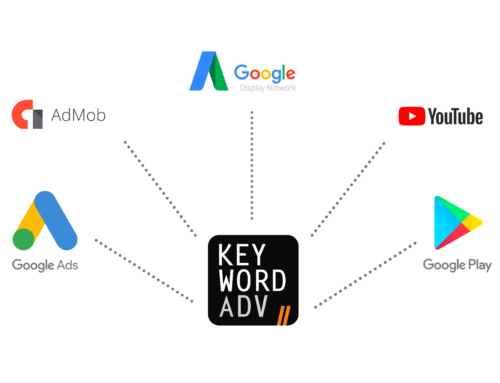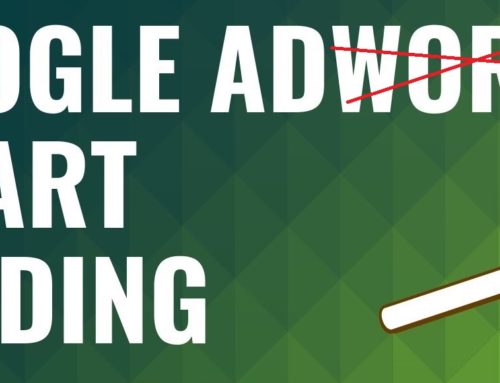What we know about Google AdWords’ Responsive Ads?
Now for starters, we know that the responsive ads are currently in beta and as such, they are not available to all advertisers. So, if you are currently advertising in English, German, French, Spanish, Italian, Swedish, Portuguese, Russian, Dutch, Japanese, Turkish, Polish, Norwegian and Danish, and there is a good chance you can run responsive ads. Google will add other languages soon. That said let’s just quickly run through the features currently offered by AdWords’ responsive ads.
Giving Advertisers More Options with AI
The new responsive ads are a way to allow machine learning models to do the heavy lifting of ad optimization. There have been similar former initiatives like automated ad suggestions and dynamic search ads etc. over the years. This time around the concept is the same but with more automation.
By giving multiple ad options means that an ad group will have more opportunities to compete for more keywords that trigger the ads. That means giving more control over to the machine which can be difficult for people who want to control their advertising. However, this signals the end of manual A/B testing as we know it.Also, Google has extended the character real estate with larger texts. This time around you have three headlines instead of just two. Also, the descriptions are 90 characters and can have two descriptions instead of only one of 80 characters.
Drafting Ad Combos
One of the newest features and one that has many of us excited are ad combos. What that means at the moment is that advertisers can have 15 headlines added to four descriptions. The extra lines and the automated order will mean that advertisers have to think of all possible combinations. According to Google the first three headlines should be written in a way as though they will appear at the same time.
In our experience, each headline should be distinct, highlight different features, offers, actions, etc. Write headlines that are relevant to the keywords you have in the ad group, with one of the keywords from the ad group in the headline.
What is “Pinning”
Pinning a headline to a specific description in a particular position is interesting. It will prove to be invaluable for advertisers who are in sensitive niches. For instance, if you pin just one headline or a particular description to a position, it will be the only one showing. However, you have the option of pinning different headlines to a position so that there is more flexibility.
Conclusion
As an advertiser, the changes may be exciting or alarming. However, either way, learning how to work them into your existing business model early on is imperative to being successful.








